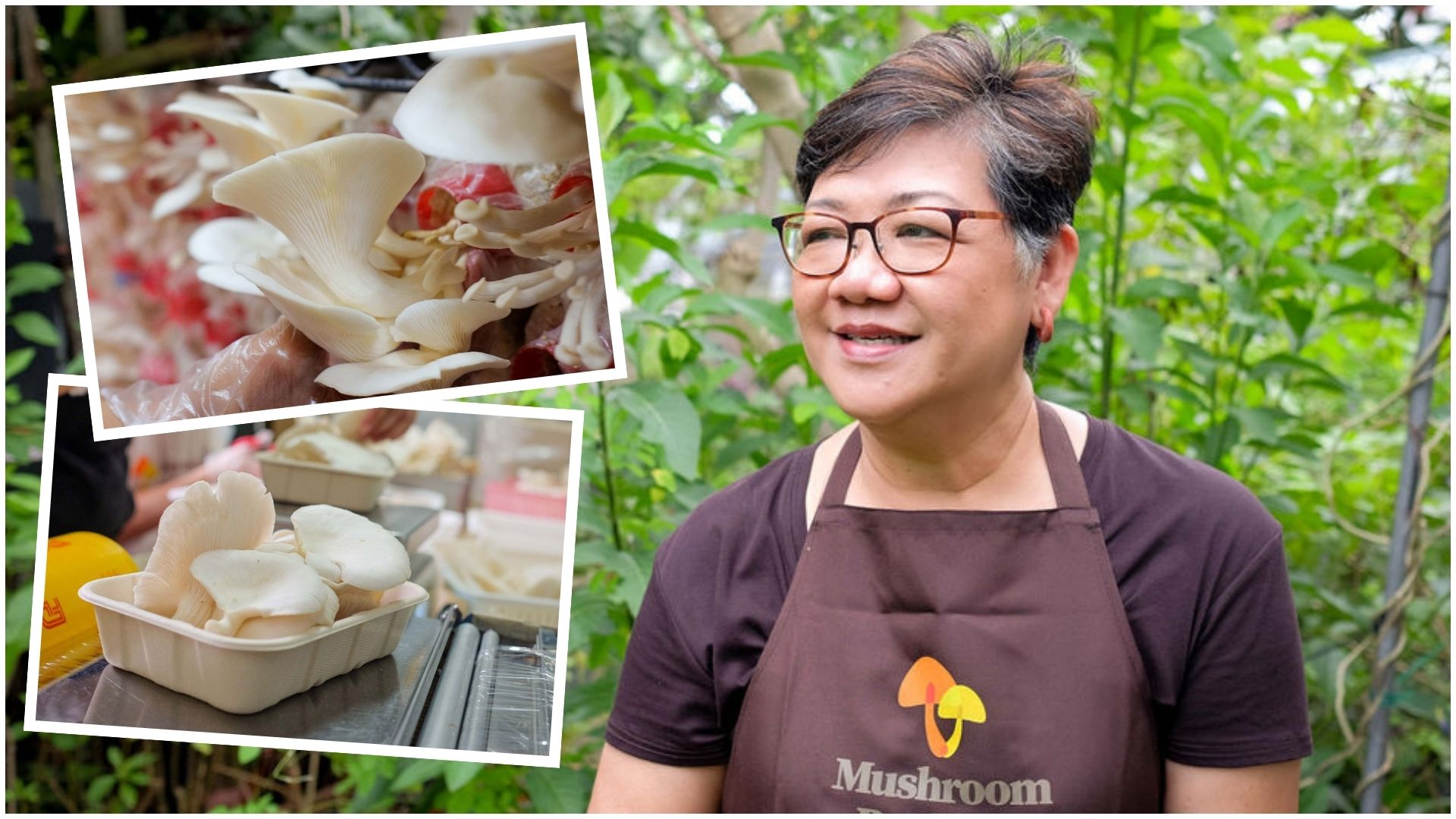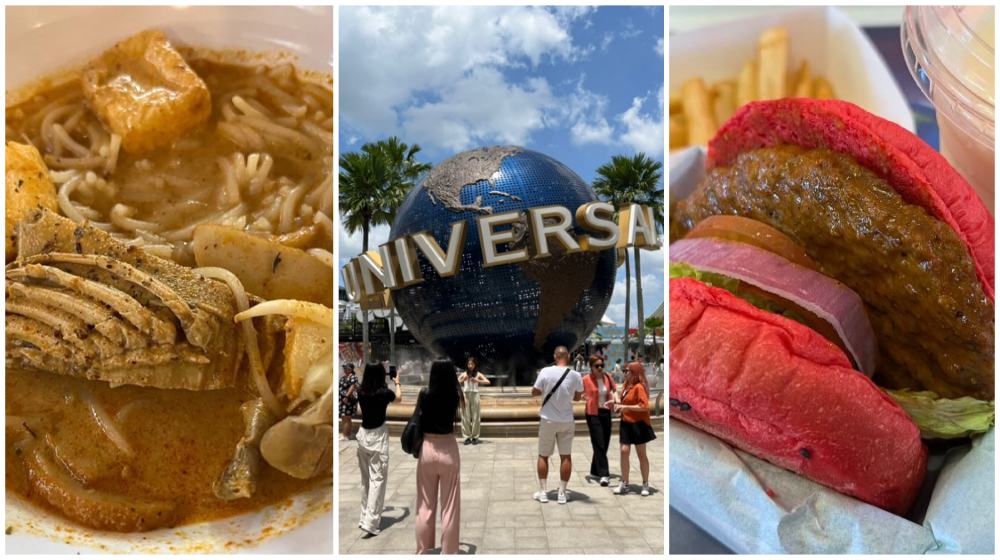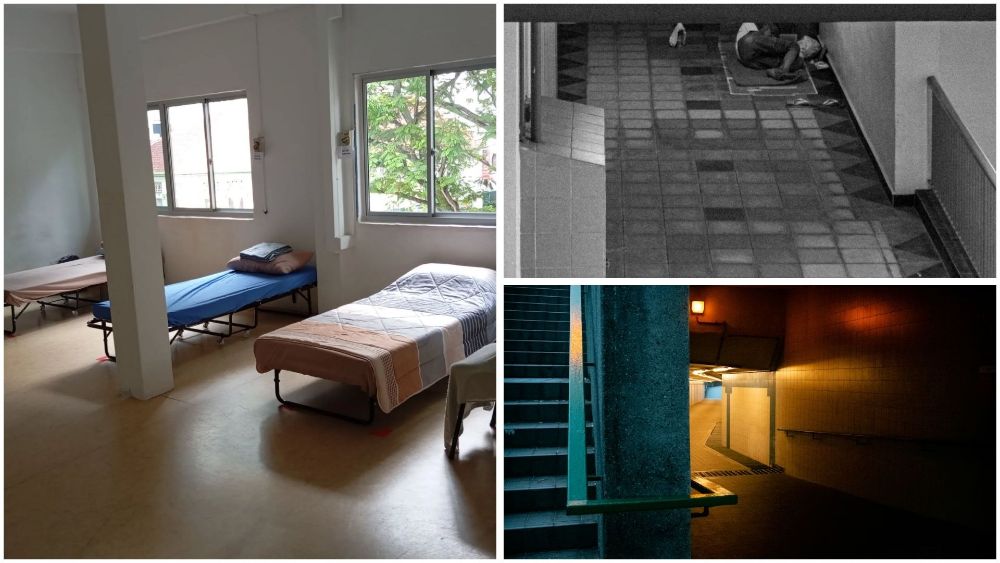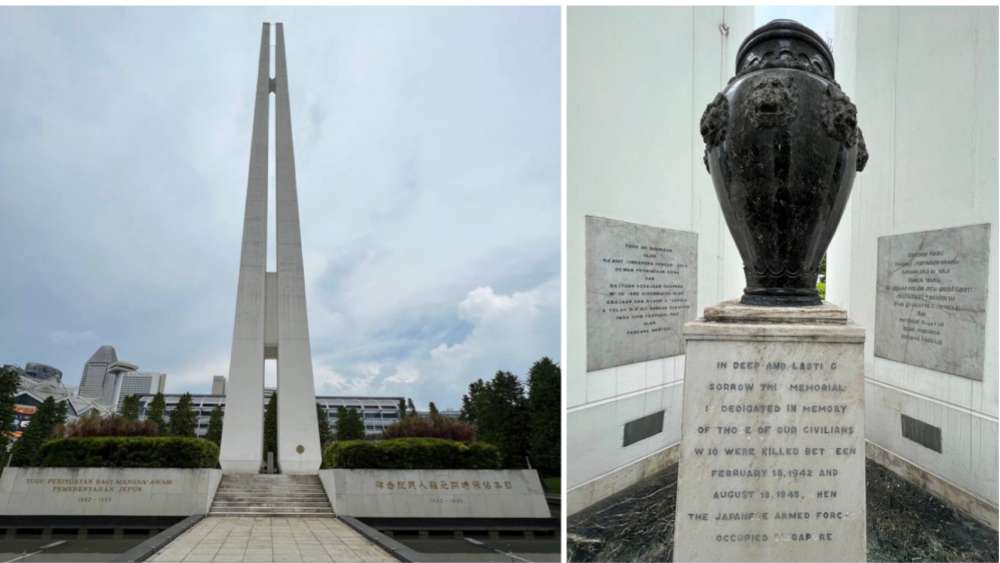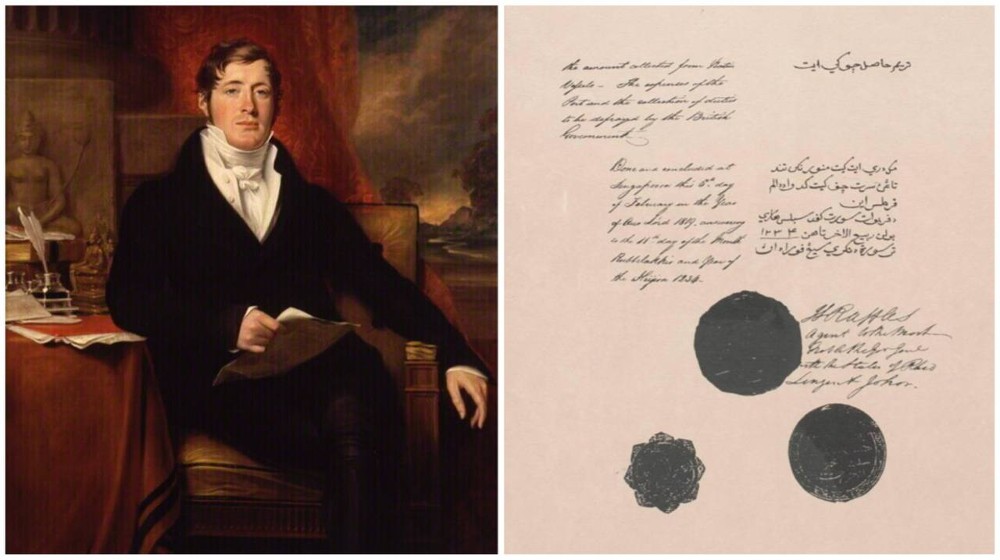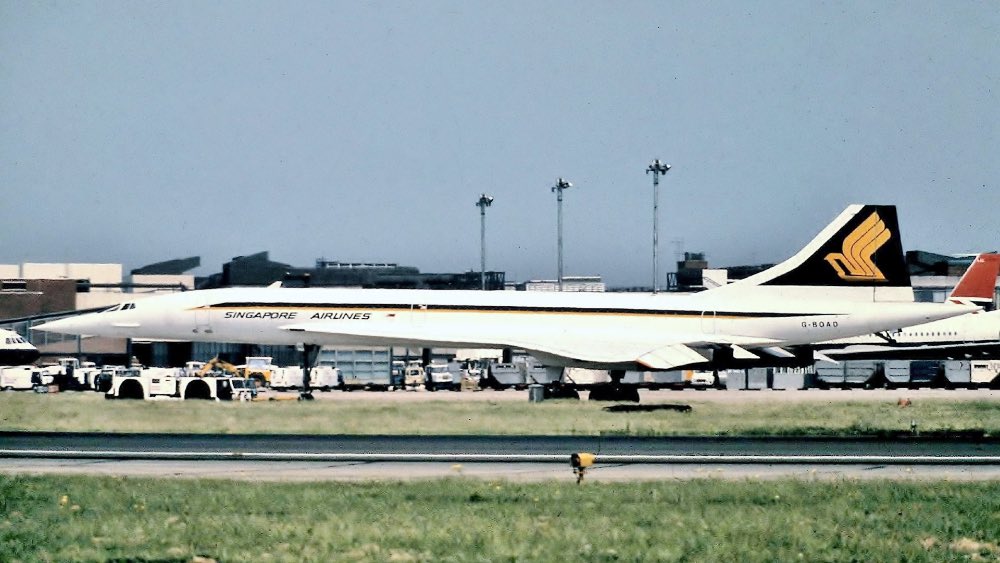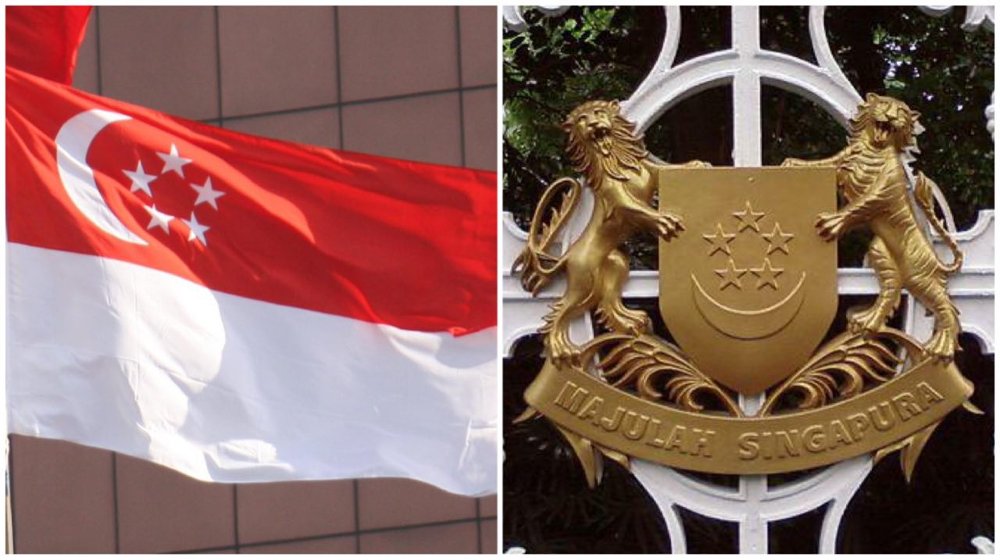On This Day In 1819, Modern Singapore Was Born
From a humble fishing village to a global financial powerhouse, our Little Red Dot’s rise began with the signing of the Treaty of Singapore. Today 206 years ago (6 Feb 1819), our country became a British settlement and it marked the founding of modern Singapore.
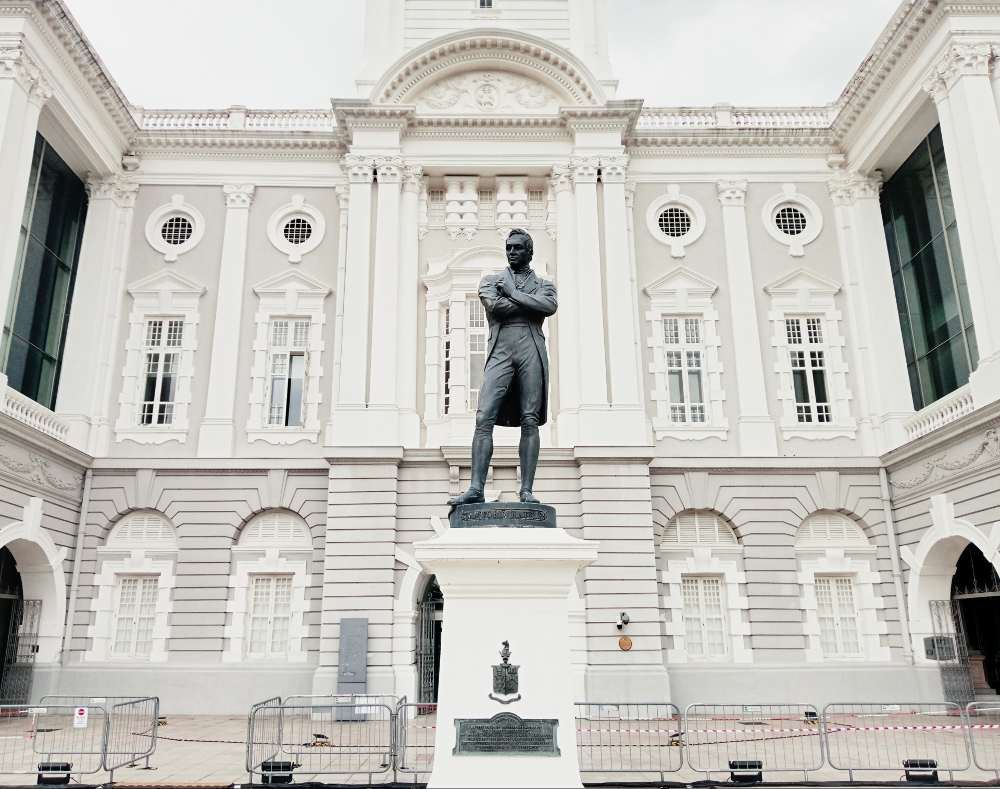 Statue of Sir Stamford Raffles. The plaque was installed on the 100th anniversary of the treaty. | IMAGE: WIKIMEDIA COMMONS
Statue of Sir Stamford Raffles. The plaque was installed on the 100th anniversary of the treaty. | IMAGE: WIKIMEDIA COMMONS
A deal that changed everything
The treaty was signed by Sir Stamford Raffles, Sultan Hussein Shah of Johor, and Temenggong Abdu’r Rahman. The agreement allowed the British East India Company (EIC) to set up a trading post here, in exchange for an annual sum of 5,000 Spanish dollars to the Sultan and 3,000 Spanish dollars to the Temenggong.
The treaty secured British rights to maintain trading factories, while pledging to protect the Sultan in case of external attacks (but not internal disputes). The Malay rulers, in return, agreed not to sign treaties with other foreign powers.
This ensured that Singapore remained a British stronghold. It was a strategic move in the race for dominance in Southeast Asia.
The British flag was hoisted for the first time in Singapore on that day. Raffles would leave the island, leaving William Farquhar in charge as Resident and Commandant.
Singapore in 1819
At the time of the treaty, Singapore was home to about 1,000 people, mostly Orang Laut communities like the Orang Kallang, Orang Seletar, and Orang Gelam. There were also small groups of Malays and Chinese, including those in the Temenggong’s entourage.
Raffles saw potential in this humble settlement, and within years, it became a thriving trade hub.
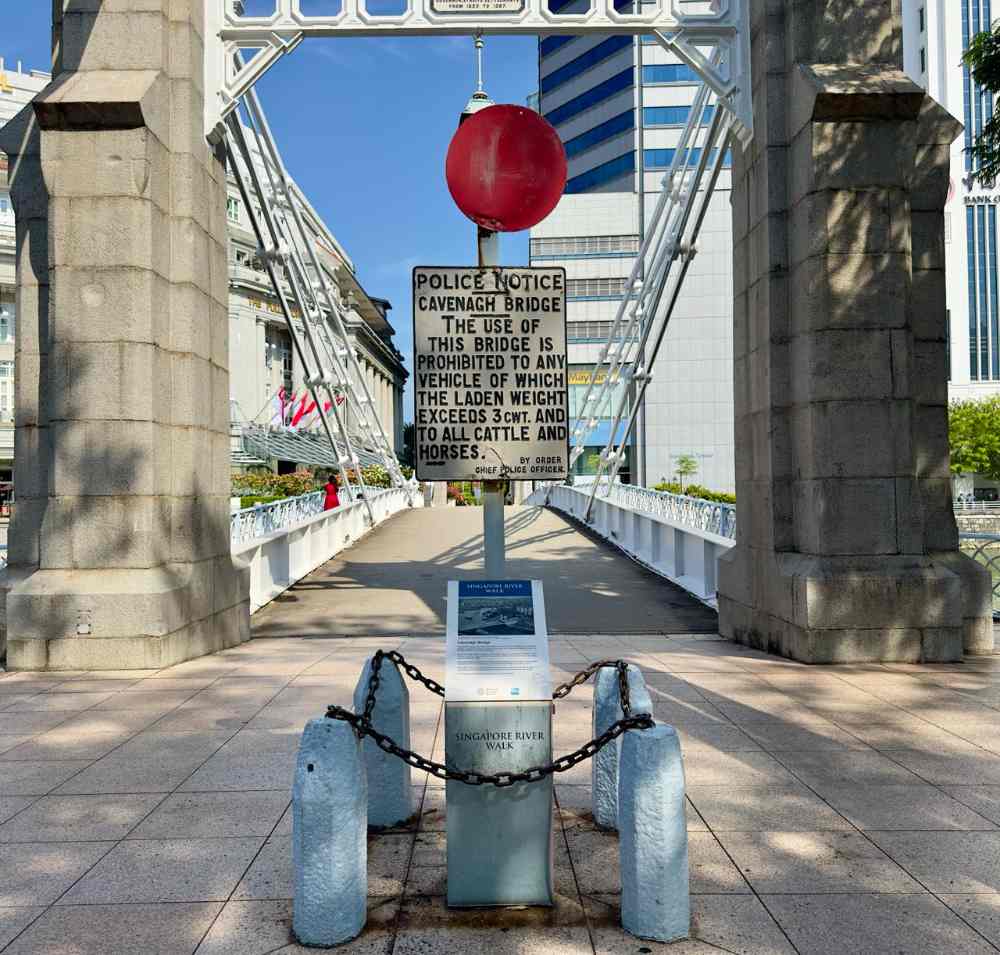 Cavenagh Bridge was built to mark the 50th anniversary of the Treaty of Singapore. | IMAGE: NG KAI
Cavenagh Bridge was built to mark the 50th anniversary of the Treaty of Singapore. | IMAGE: NG KAI
Marking the milestone
The significance of 6 Feb 1819 has been remembered over the years with major celebrations.
1869 (50th Anniversary)
The iconic Cavenagh Bridge was built to commemorate the occasion. Today, it’s Singapore’s oldest suspension bridge and a gazetted National Monument.
1919 (100th Anniversary)
Plans were made for higher education, eventually leading to the establishment of Raffles College, which later became the National University of Singapore (NUS).
1969 (150th Anniversary)
Singapore was newly independent, and then-PM Lee Kuan Yew kicked off the celebrations with a speech. The British royal family was even invited, with Princess Alexandra attending the National Day Parade.
2019 (200th Anniversary)
The Bicentennial Office was set up to organise exhibitions, concerts, and even light festivals. Commemorative stamps, banknotes, and social benefits were also introduced.
For the latest updates on Wonderwall.sg, be sure to follow us on TikTok, Telegram, Instagram, and Facebook. If you have a story idea for us, email us at [email protected].
